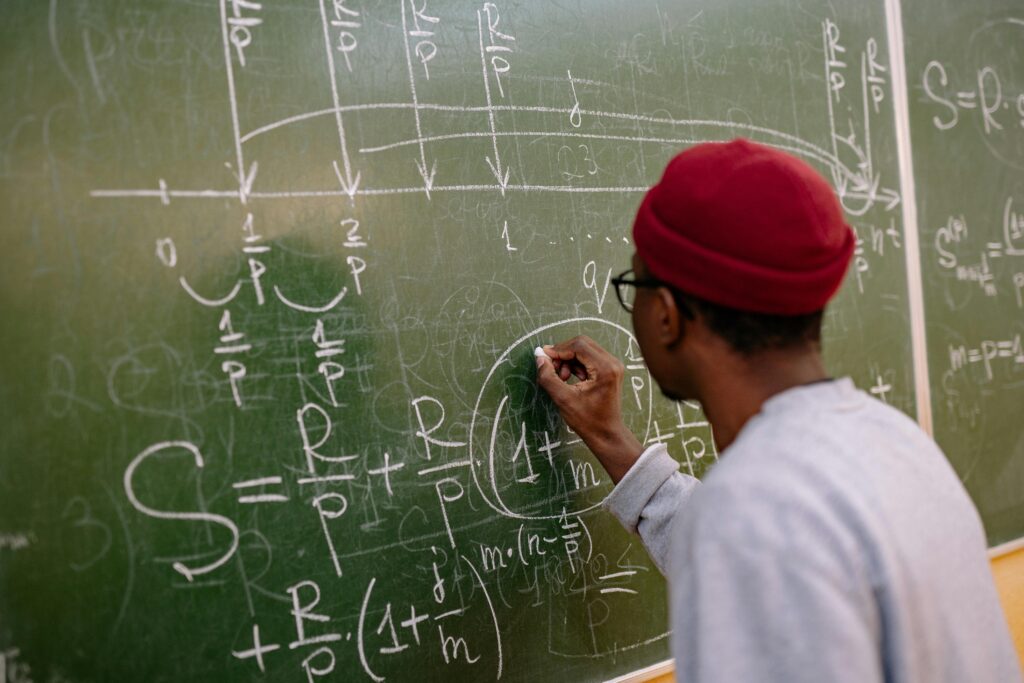
This is a collection of math and physics simulations for use in undergraduate physics courses at UIC. They are written and managed by the UIC Physics Education Research group.
Physics Simulations
These simulations focus on the motion of point objects or rigid bodies. They cover topics including linear and rotational motion, forces, momentum, and energy.
Periodic motion involves any phenomena that repeats over time in a regular way. The simulations in this set include mechanical oscillations such as a block on a spring or a swinging pendulum, or wave behavior like ripples in water and electromagnetic waves.
Electric interactions are invisible, so can be challenging to wrap your head around. This set of simulations helps with visualizing electric forces, fields, and electric potential.
Complicated circuits can be built from simple components. These simulations explain general circuit behavior such as current and voltage, as well as specific behavior of DC and AC circuits.
Ranging from static magnetic forces between magnets and the effects of magnetic fields on moving charges, through magnetic fields created by changing currents, these simulations help visualize the invisible effects of magnetism.
Light can behave sometimes like a ray (traveling in straight lines, called geometrical optics) and sometimes like a wave (spreading out from a source, called physical optics). This set of simulations covers both types of light behavior.
Science is built on a foundation of mathematics. These resources include graphers, vector simulation tools, and calculus visualizers.
They also cover science basics such as unit conversion, sig figs, SI prefixes, and scientific notation.






